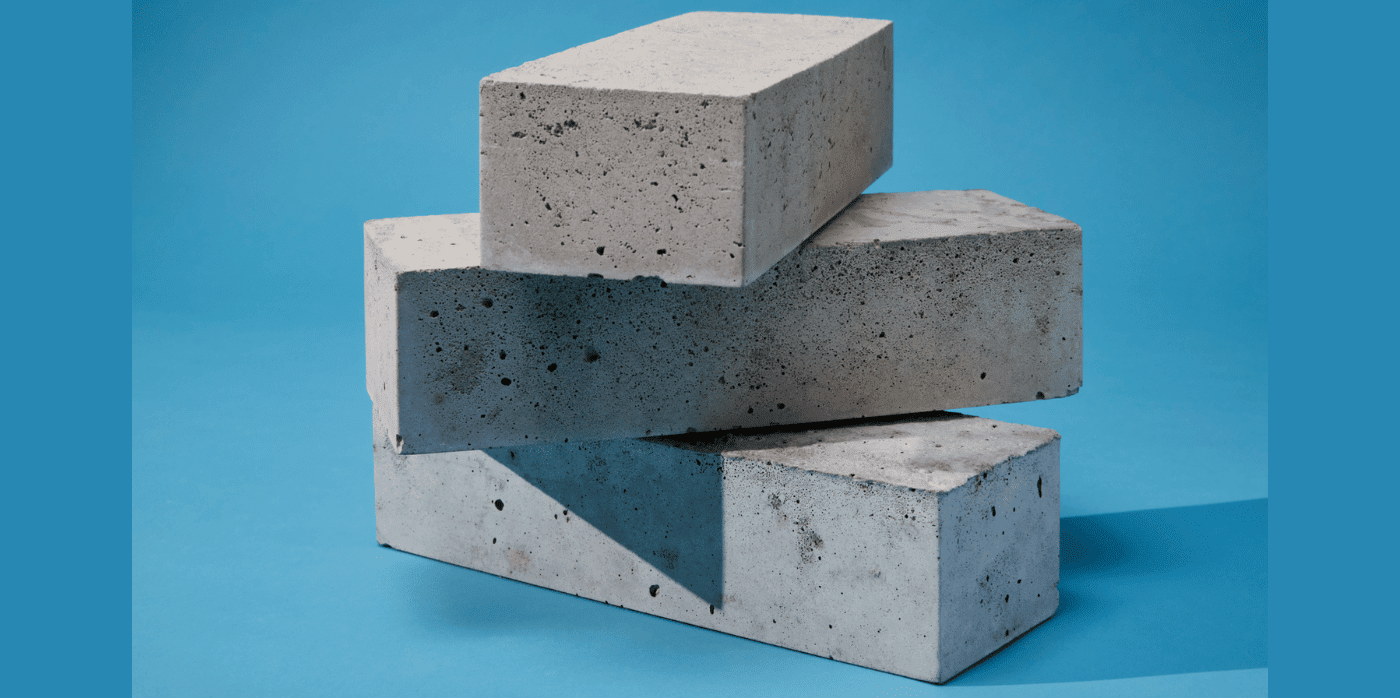
Spotted: Cement is a vital component in construction, with an estimated 4 billion tonnes produced each year. Yet at the same time, cement production is also a huge contributor to global warming, generating 1.67 billion tonnes of CO2 in 2021. Clearly, getting the world to net zero is going to require reducing emissions from cement. One of the companies working to achieve this is Sublime Systems.
In conventional cement making, limestone is heated to 1400 degrees Celsius until it decomposes, releasing CO2 as a by-product. The fossil fuels used to power the kilns and the CO2 released through limestone decomposition are responsible for almost all of cement’s carbon emissions.
Sublime’s technology uses an electrochemical process, instead, to break down non-carbonate rocks and other raw materials (such as industrial wastes) that don’t release CO2 when decomposed. This can run at room temperature and be powered by renewable electricity, making Sublime’s process net zero while also reducing manufacturing costs and complexity. The resulting Sublime Cement can be used in place of ordinary Portland cement for any use.
The company recently announced the closing of a $40 million (around €38 million) series A funding round, led by climate-tech-focused fund Lowercarbon Capital, and with participation from Siam Cement Group, the largest cement producer in Southeast Asia.
Reducing emissions from cement manufacture is crucial to reaching net zero. Luckily, there is no shortage of innovators working on ways to help with this. Recent advances spotted in the Springwise archive include using artificial intelligence (AI) to optimise concrete recipes and using fly ash to reduce cement emissions.
Written By: Lisa Magloff

